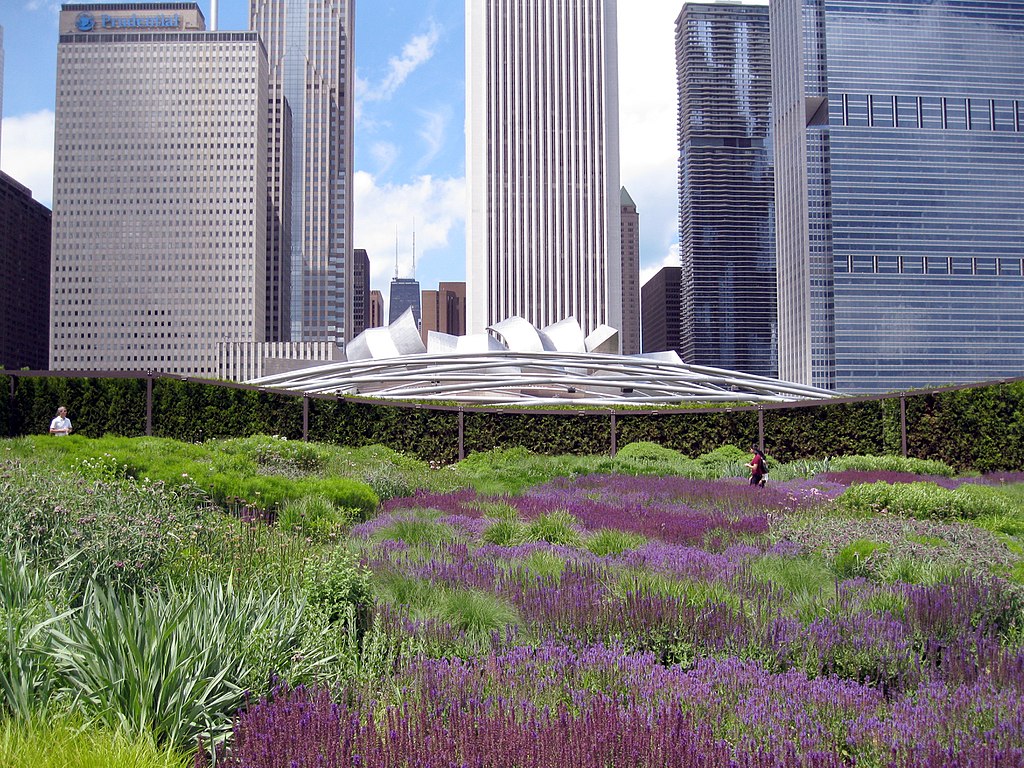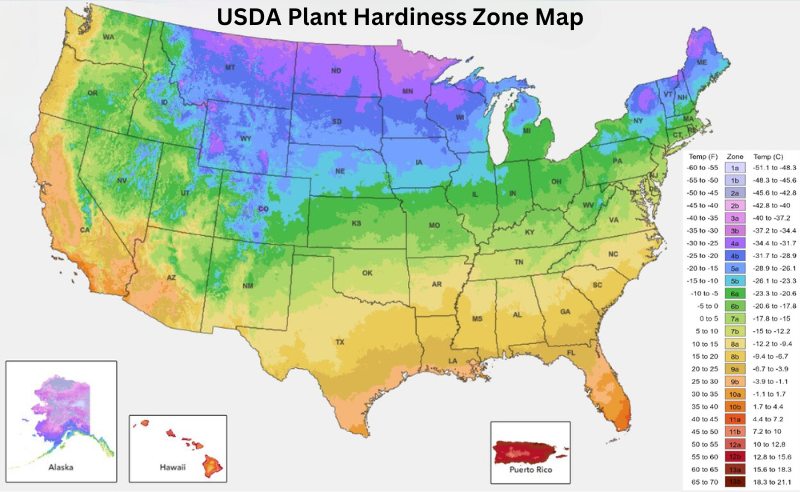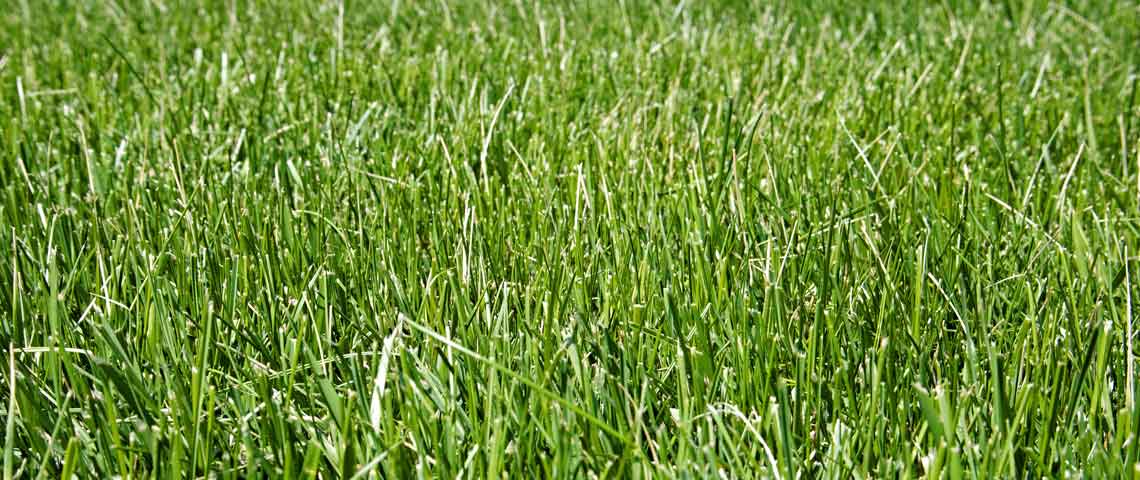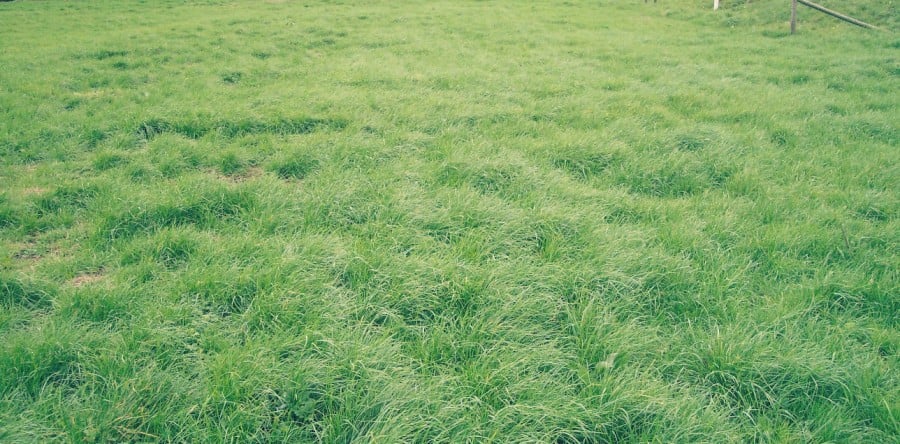
One look around your neighborhood and you already know which plants and flowers will survive a Chicago winter. Those purple coneflowers, snowdrops, and evergreen hollies can handle some of our worst blizzards and come back even stronger in the spring. That’s why they rank high on the USDA Hardiness Zone Map for our city. But it’s not just the cold that wreaks havoc on our plants. Those July days when the mercury hits the upper 90’s can also take a toll on our landscape.
That’s why the American Horticultural Society (AHS) developed the Heat Zone Map for gardening in Chicago. This map will help you avoid those plants which are susceptible to heat stroke.

Heat Damage
Weather or not you believe in global warming, the longer-than-average period of extreme heat that we saw last summer killed a number of plants. (And yes, plants can get sunburned and suffer heat stroke!)
Mistaking the effects of heat damage with other problems is easy. The plant might droop like it needs water, buds wither, and the plant stops growing. If the heat and drought don’t kill the plant, it will permanently stunt the plant.
Planting In Chicago
Look at the heat zone map, and you’ll see that Chicago barely falls into zone 5 while most of the state lies in zones 6 and 7. So plants and grasses that do well in southern Illinois aren’t necessarily going to thrive in your Chicago yard. Keep in mind; most plant instructions don’t list a heat zone recommendation. We can tell you black-eyed Susans and coneflowers hold up to the heat as well as the cold.
What Grass Type Is Best For My Zone?
The most import part of your yard is the grass. We spend countless hours mowing, weeding, fertilizing, and aerating. But, before you start seeding or throwing down sod, remember in zone 5 of the heat zone map. We have an average of 30 to 45 days when the temperature climbs above 86 degrees F.
Kentucky bluegrass

Due to its hardiness and fast recovery, Kentucky bluegrass is the most popular grass in northern Illinois. It enjoys full sun but it requires moderate to high levels of maintenance.
Due to its hardiness and fast recovery, Kentucky bluegrass is the most popular grass in northern Illinois. It enjoys full sun but it requires moderate to high levels of maintenance.
Fine fescues

Fine fescues require less maintenance than Kentucky bluegrass and can also adapt to shade. Four common types of fescues are red, sheep, hard, and chewings. Fescues can tolerate mild foot traffic, so If you plan to spend time in your yard, this is the grass for you.
Perennial Ryegrass

Perennial ryegrass is pretty tolerant to wear and tear and foot traffic. It has a similar quality to Kentucky bluegrass and needs about the same level of maintenance. It’s not recommended to use as your main lawn, but it does well when mixed with other grass types.
Yes, we’re the Windy City. But at times we’re the Frigid City or maybe the Sweltering City. Before wasting money on plants and grass that can’t adapt to our temperature changes, take a look at the heat zone map for Chicago Gardners.
Need help choosing the right plants and grass types for your yard? Visit our Chicago landscaping page for more information. Also, see “Repairing winter lawn damage.”
Feature image: Lurie Garden in Downtown Chicago